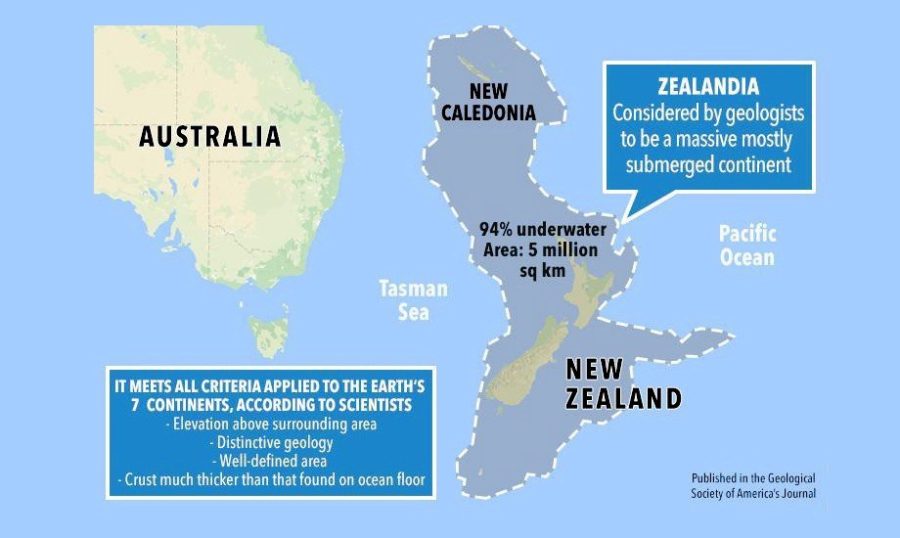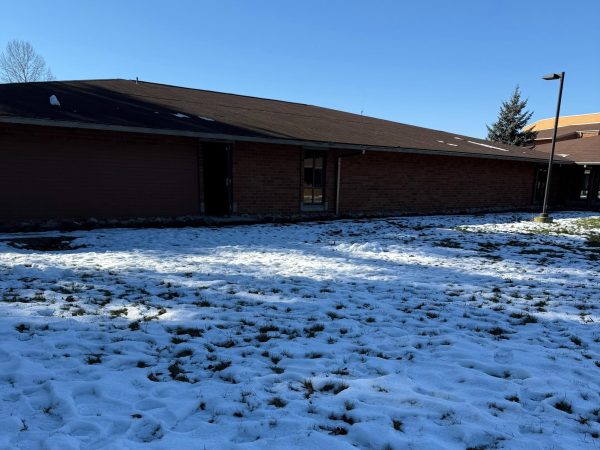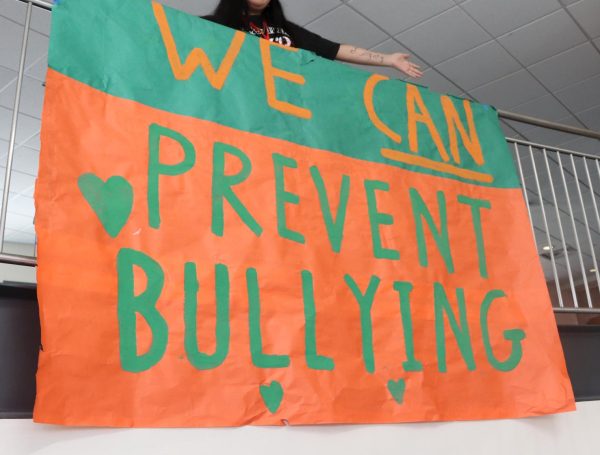Exploring Earth’s hidden continent
Zealandia could be considered a seventh continent
The underground world of Zealandia could be considered to be Earth’s seven continents.
Zealandia
Zealandia, also known as Te Riu-a-Māui or Tasmantis, is an almost entirely submerged mass of continental crust that subsided after breaking away from Gondwanaland 83–79 million years ago.Zealandia, a term geophysicist Bruce Luyendyk coined in 1995, is made up of New Zealand and a collection of submerged chunks of crust that broke off an ancient supercontinent called Gondwana about 85 million years ago. It has been described variously as a submerged continent, a continental fragment, a microcontinent, and a continent.Scientists confirmed that the submerged land mass, named Zealandia, was its own continent in 2017. Despite being thin and submerged, geologists know that Zealandia is a continent because of the kinds of rocks found there.
Continental crust tends to be made up of igneous, metamorphic and sedimentary rocks – like granite, schist and limestone, while the ocean floor is usually just made of igneous ones such as basalt. Zealandia’s watery fate was sealed by the motions of two tectonic plates that lay beneath it: the southernmost Pacific Plate and its northern neighbor, the Indo-Australian plate. The slow separation caused Zealandia to sink, and by the late Cretaceous period (some 66 million years ago) much of it was underwater.Zealandia is a continuous expanse of continental crust. It covers some 4.9 million square kilometers (1.9 million square miles). But it would be the smallest of the world’s continents. And unlike the others, around 94 percent of Zealandia hides beneath the ocean.
Was there a life in Zealandia? New Zealand’s flora and fauna differs from every other large land-mass on earth due to its long isolation and uniqueness as a (near) mammal-free environment. The isolated species living here were affected dramatically around 800 years ago, when humans from Polynesia settled in New Zealand.
Your donation will support the student journalists of Lindbergh High School. Your contribution will allow us to purchase equipment, cover our annual website hosting costs, send staff to annual trainings during the school year.






